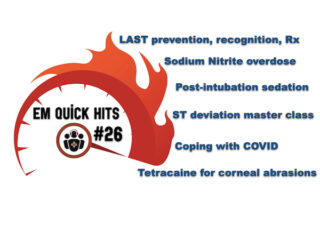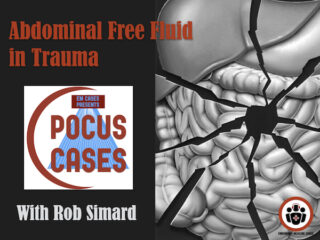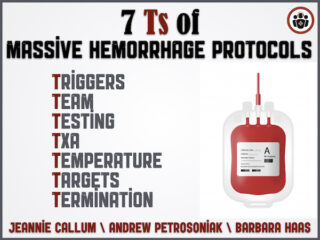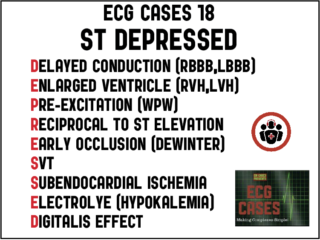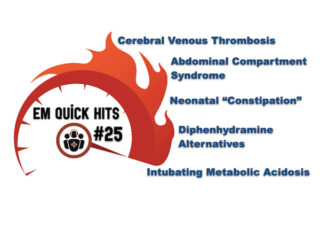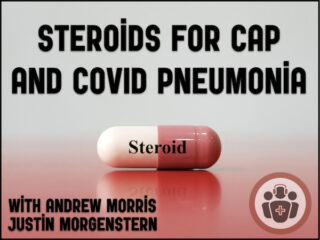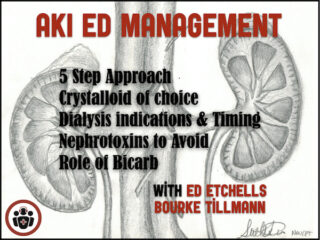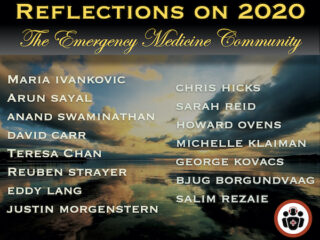emergency medicine education
EM Quick Hits 26 LAST, Sodium Nitrite Poisoning, Post-intubation Care, Tetracaine for Corneal Abrasion, ST Segment in Occlusion MI, Coping with COVID
Anand Swaminathan on LAST prevention, recognition and management, Emily Austin on sodium nitrite suicide kit poisoning, methemoglobinemia and methylene blue, Hans & Erin Rosenberg on post-intubation analgesia and sedation, Salim Rezaie on short-term tetracaine for corneal abrasions new evidence, Jesse MacLaren on differentiating ST deviation in occlusion MI from other causes, Robert Maunder on a 3 step approach to coping and building resilience during the COVID pandemic...

